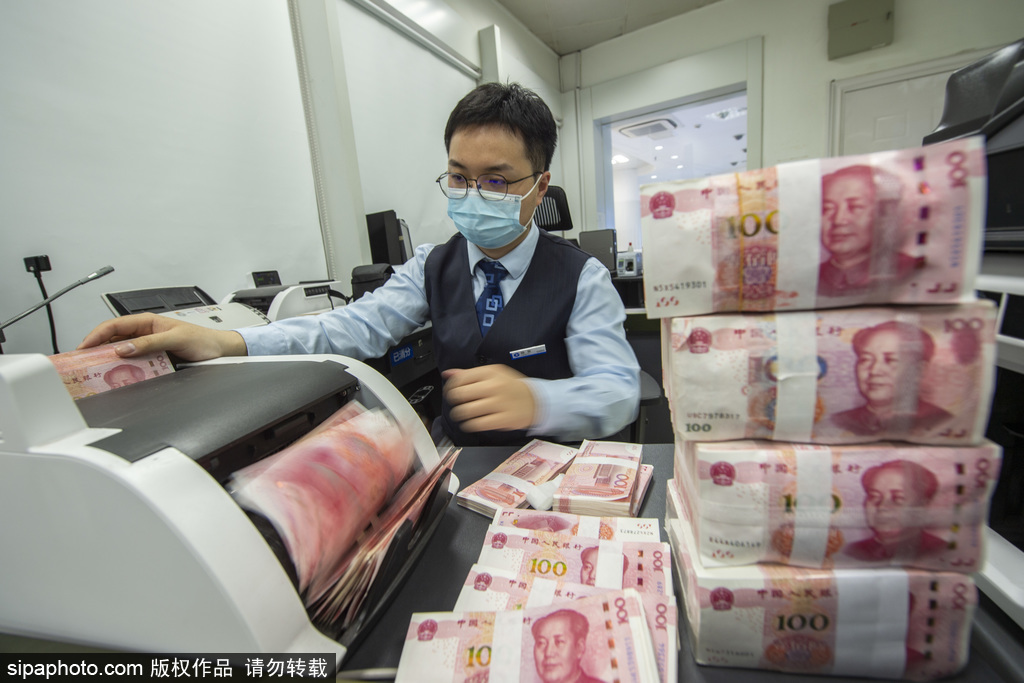The remarkable growth and increasing influence of the Chinese economy have been accompanied by the steady rise of the Renminbi (RMB) as a global currency. Recent data highlights the significant progress made by China in enhancing the capabilities of its cross-border RMB business services, further solidifying its position as a key player in the global financial landscape. This development not only reflects China’s commitment to supporting the real economy but also underscores its resilience and determination to foster international economic cooperation.
Enhanced Cross-Border RMB Services
The statistics from January to September 2023 demonstrate the impressive growth of RMB cross-border payments handled by Chinese banks, reaching a staggering 39 trillion yuan. This represents a substantial 23% year-on-year increase, showcasing the expanding role of the RMB in facilitating international trade. Notably, the proportion of RMB cross-border payments for goods trade has risen to 24.4%, marking a 6.9 percentage point increase compared to the previous year and reaching its highest level in recent years. This surge signifies the growing confidence of global businesses in utilizing the RMB for their trade transactions.
RMB’s Investment and Financing Functionality
China’s efforts to strengthen the RMB’s investment and financing capabilities have yielded promising results. By September 2023, the total scale of RMB financial assets held by overseas institutions, including stocks and bonds in China, reached an impressive 9.3 trillion yuan. Moreover, the RMB’s share in global trade financing rose to 5.8%, securing its position as the second most utilized currency in this domain. These developments highlight the increasing attractiveness of the RMB as an investment and financing tool, further bolstering China’s economic influence on the global stage.
Reserve Currency Status and Offshore Trading
The RMB’s ascent as a reserve currency has been remarkable, with over 80 central banks or monetary authorities including it in their foreign exchange reserves. The proportion of RMB reserves reached 2.45% by the end of the second quarter of 2023, a significant increase of 1.38 percentage points since its inclusion in the Special Drawing Rights (SDR) basket in 2016. Additionally, the RMB’s weight in the SDR was raised to 12.28% in May 2022, solidifying its position as the third-largest reserve currency. Furthermore, the BIS survey reveals that RMB foreign exchange trading has experienced substantial growth, with its global market share rising from 4.3% to 7% in the past three years, making it the fastest-growing currency.
Implications for Global Trade and Economic Cooperation
China’s efforts to enhance the RMB’s global standing have far-reaching implications for the global trade landscape. The increased utilization of the RMB in cross-border transactions not only strengthens China’s economic ties with its trading partners but also promotes financial stability and efficiency. Currently, the People’s Bank of China has signed 29 effective bilateral local currency swap agreements with foreign central banks or monetary authorities. This signifies the growing recognition and trust in the RMB as a reliable currency for international transactions. Furthermore, the cross-border RMB settlement volume under goods trade with neighboring countries and countries and regions participating in the Belt and Road Initiative witnessed remarkable growth from January to September 2023. The year-on-year increase rates reached an impressive 56% and 66% respectively. The expansion of the RMB’s clearing service network, covering major international financial centers, further facilitates seamless transactions and fosters economic cooperation.
The remarkable progress made by China in strengthening the capabilities of its cross-border RMB business services underscores its commitment to supporting the real economy and promoting international economic cooperation. The RMB’s growing role in global trade, investment, and reserve currency status reflects China’s economic resilience and determination to contribute to a more inclusive and interconnected global financial system. As China continues to deepen its economic reforms and open up its financial markets, the RMB’s influence is set to expand further, shaping the future of global trade and economic cooperation.

















